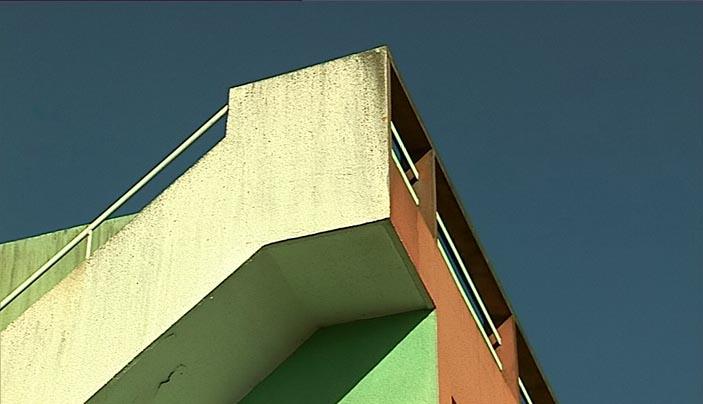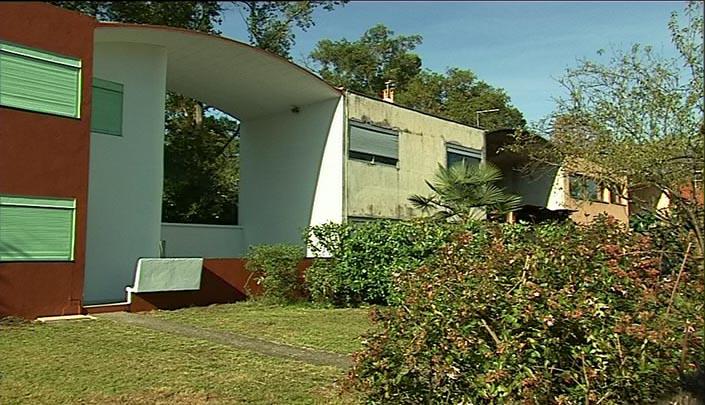Pessac - Life in a Laboratory
For the architect Charles-Edouard Jeanneret, who called himself Le Corbusier, the Pessac housing complex was the first opportunity to design architecture for "entirely normal" people. He had already drafted cities for up to three million inhabitants, but his actual clients were all wealthy citizens. One of these was Henry Frugès, for whom he had built a private home and from whom he was subsequently awarded a contract to construct a housing complex for the workers at his sugar factory near Bordeaux. The fifty-one houses, built between 1925 and 1929, are still inhabited today, with differing levels of respect shown to the famous architect.
Claudia Trinker and Julia Zöller let the inhabitants of Pessac tell their stories: about windows whose panes burst at night with a loud bang, cracks in the walls, and the conditions set by the office for the protection of historic monuments, which intends to recreate the original state. At first the architecture seems to be an inhumane experiment, a negative living environment against which the inhabitants have revolted for decades and which they have only managed to control through reconstruction and additions. The film´s captions – all quotes from the architect who dreamed of the new human and the "machine for living" – show the gap between intention and realization. However, over the course of the film, others also have a say. An architect who lives in one of the houses says that she needed a long time to discover Le Corbusier´s poetic side and her admiration for him is now even greater.
Pessac is gradually transforming back to its original state; more and more houses are being restored. That which was conceived for simple workers attracts mainly
architects today. (Oliver Elser / Translation: Lisa Rosenblatt)
Pessac - Leben im Labor
2004
Austria
52 min



